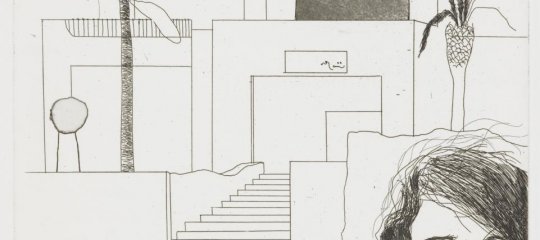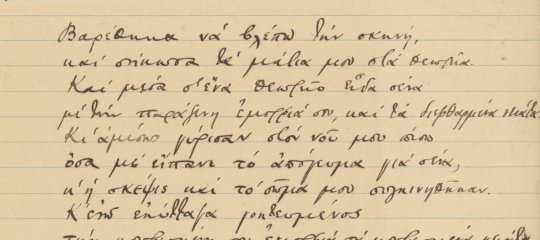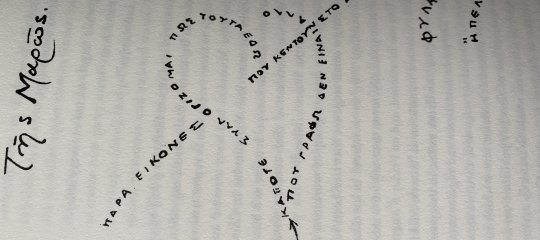In Ritsos’ Moonlight Sonata what sentiments does the woman’s confession provoke/inspire to you and how these compare to the ones felt by the young man who remains silent throughout her long monologue.
Madison Tran, classics undergraduate
Supervisor: Dr Dimitra Tzanidaki-Kreps
University of Reading
Title photo: Dimitra Kreps performing Moonlight Sonata for Master’s in Physical theatre, photo credit: Yannis Katsaris
The poem unfolds entirely as a singular, cohesive narrative, primarily through the monologue of the female
character, this being juxtaposed with brief encounters with the narrator at the beginning and end - in the
prologue and epilogue. and our reencounter with the narrator in the epilogue prompts us to recall the
narrator in the prologue. This cyclical structure not only bridges the opening and closing of the poem but also creates an impression of the poem being a static, singular composition, almost as if frozen in time and space.
Ritsos' use of a painterly technique, acts similar to a filter, which reminds us that what we are experiencing
is not a direct portrayal of raw life, despite the intense and pained nature of the woman’s lament.10 This
technique serves to elevate the emotional and existential themes of the poem, allowing for more reflective
engagements to occur between the poem and the reader. In the poem we witness Ristos’ use of dialectical
framework, evident the dialogic connection between the past and the present, time being portrayed as a
synchronic in comparison to being linear. The woman, who is central to the poem, is inhabiting a world in
decay, emphasizesthis dialecticalschema through her monologue directed at a silent counterpart. The young
man, maintaining his silence throughout her speech, stands in stark contrast to her, thereby creating a silent
yet symbolically charged tension between these two opposing entities, depicting oppositional forces within
the narrative.
- Εισέλθετε στο σύστημα για να υποβάλετε σχόλια










